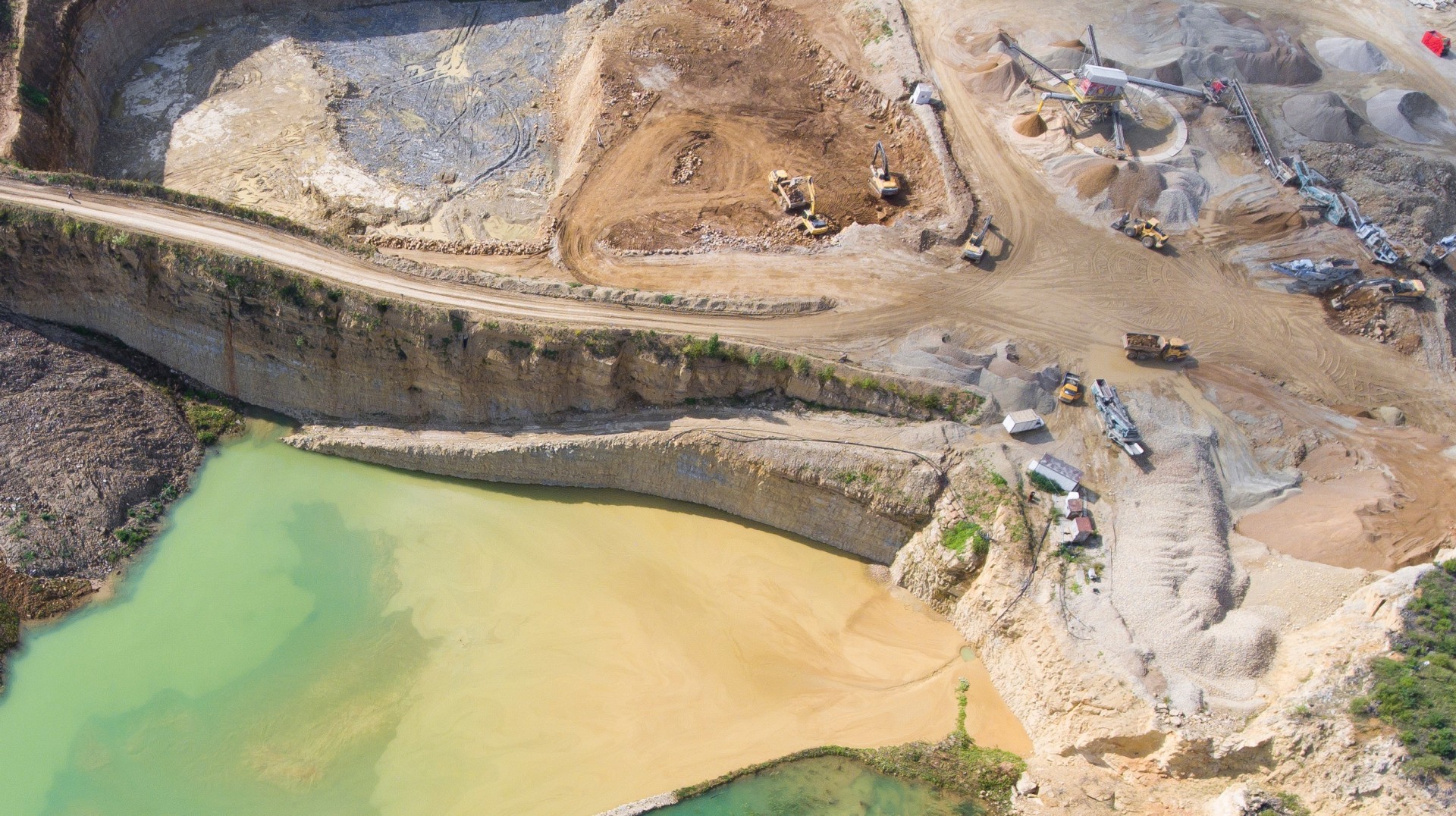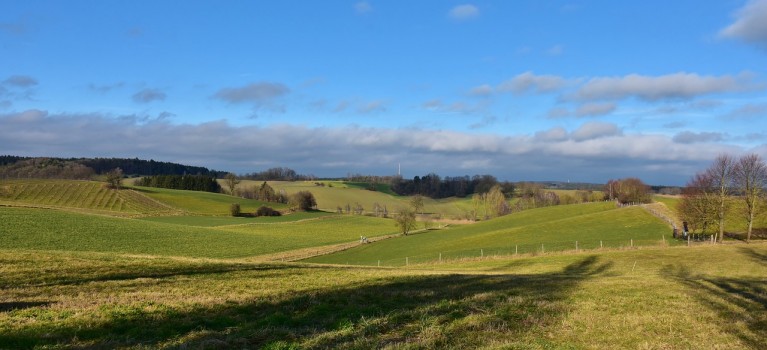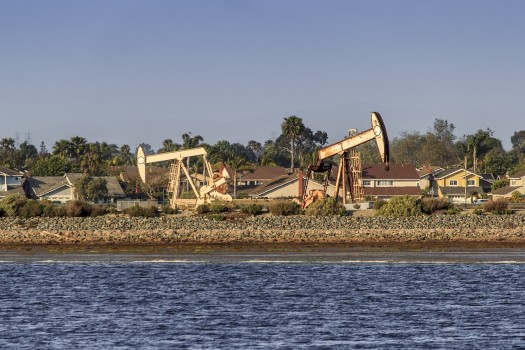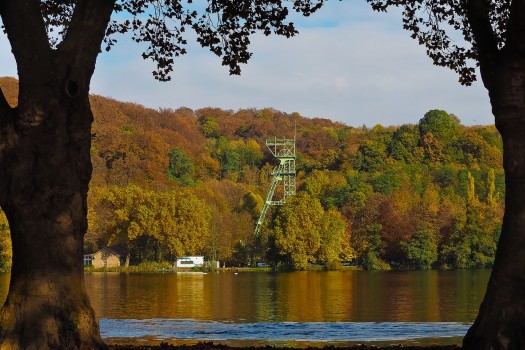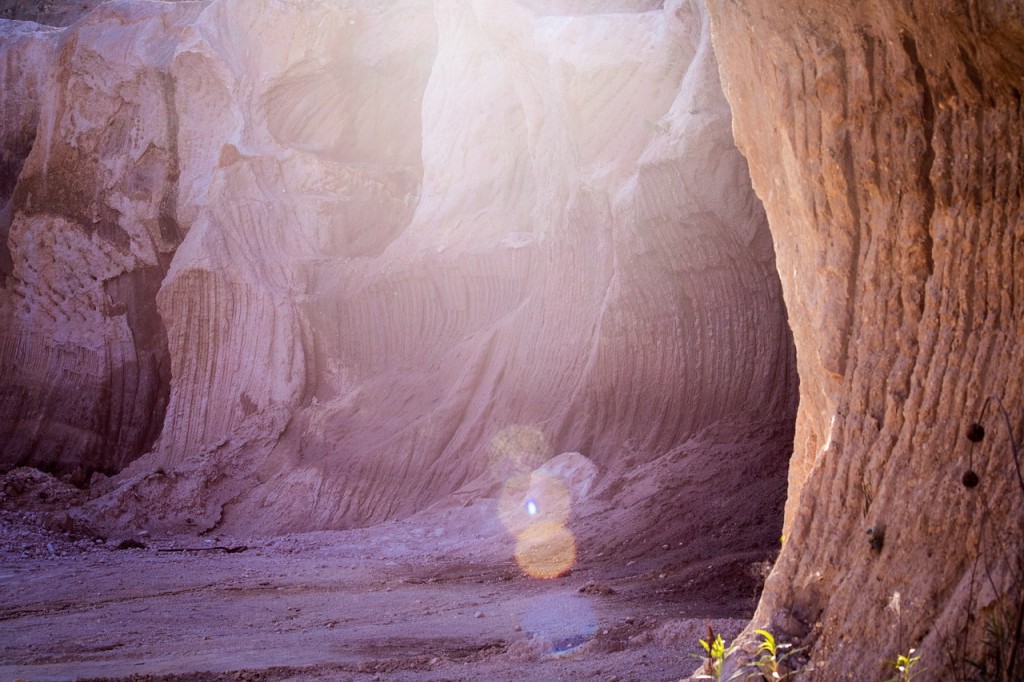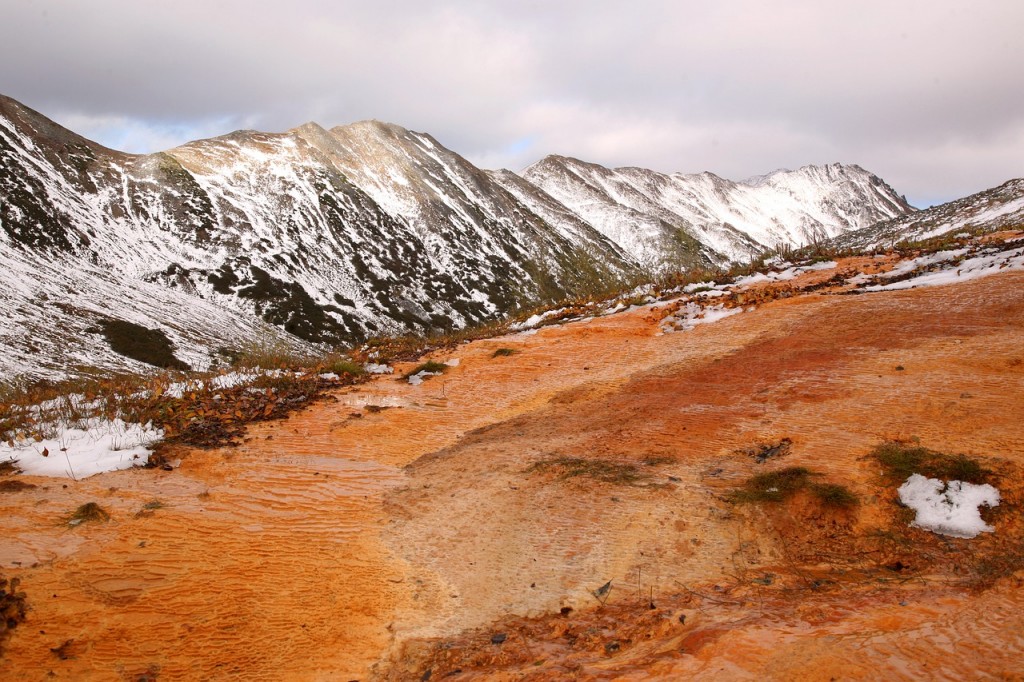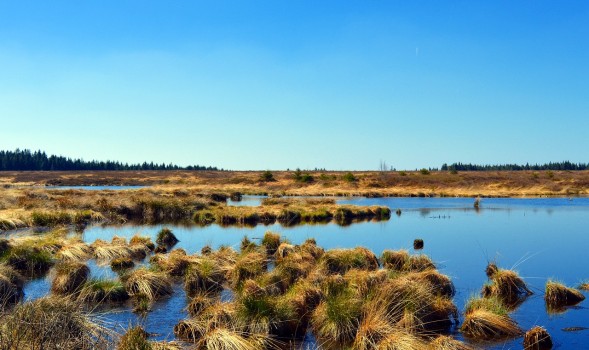Michigan Dormant Mineral Act Explained | Surface vs. Oil & Gas Rights
Are you a mineral owner curious to understand the ins and outs of the Michigan Dormant Mineral Act? There are some key things you should know about this act and how it might affect you, including subtle details like the difference between surface versus oil and gas rights. Here is an explanation that will hopefully guide you in understanding the implications of this act on your property.
Oil and Gas Ownership Laws
Oil and gas is a unique mineral that is obtained subsurface and therefore comes with a different set of laws and stipulations. For example:
- Oil and gas within a property are considered owned with the ownership of that property (NOTE: This varies with tribal-held lands)
- Although oil and gas interests come with the property, they can be separated from a parcel (NOTE: On tribal lands, subsurface rights are already separate.)
- When you purchase land, you may not have purchased the oil or gas contained subsurface (NOTE: This is true of tribal lands.)
If you find you do not own the rights to the oil and gas within your lands, this means those minerals are “severed” from the land. The rights can be regained if severed, typically by purchasing back a mineral deed. By looking at your title history, you can determine what degree of ownership you have to any oil or gas that may be on your property. These sort of discrepancies are common disputes among owners of various kinds of land tracts.
Severance Under the Michigan Dormant Mineral Act
If you find that your oil and gas is severed from your property, and if you don’t live on tribal lands, then the Michigan Dormant Mineral Act will come of importance to you. This act is a law in the state of Michigan that means rights to oil and gas can become automatically severed if some things are not done across a 20-year span. These things include:
- Issuing a drilling permit for the lands;
- Using the interest for the storage of underground gas;
- Producing the oil or gas from what has been severed;
- Using the county Register of Deeds to document claims of interest.
In other words, if you don’t use your rights, you lose your rights.
Surface Rights are Not Subsurface Rights
Sales, leases, mortgages, and transfers often create litigation between owners in regards to different surface or subsurface rights and clarifications. Even a warranty deed, a quit claim deed, or a mineral deed constitute as sales, but the ownership of different rights are only included if the specific language in the deed draft declares such transactions. With this information, you should carefully review the situation of your deeds and understand what kind of rights you have. You should also think about how the Michigan Dormant Mineral Act might impact any oil or gas rights you own or which are severed.
